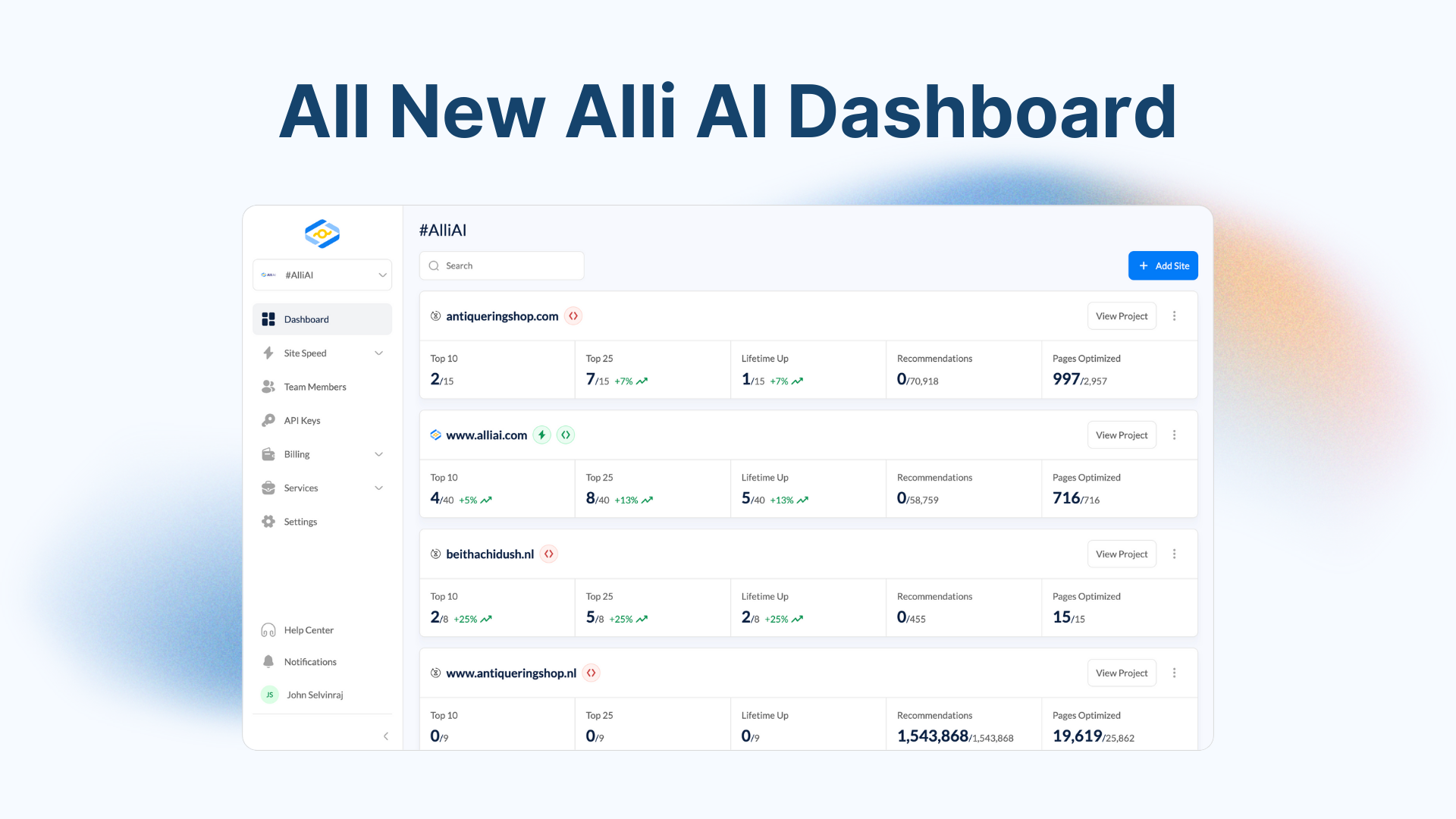What Does Geotargeting Mean?
Geotargeting is a method used in digital marketing and web personalization in which content is shown to a user based on their geographic location. This technique helps businesses tailor their advertising and content to be more relevant to users depending on where they are in the world, leading to more effective marketing and user experiences.
Where Does Geotargeting Fit Into The Broader SEO Landscape?
Geotargeting is an essential component of local SEO, which focuses on optimizing websites to rank for keywords and content relevant to users in specific geographic locations. It is particularly important for businesses that operate in multiple regions or have physical locations, as it helps attract local customers by improving visibility in area-specific search results.
Search engines like Google use signals such as the searcher’s IP address, location settings, and localized content on webpages to deliver geo-targeted results, making it crucial for businesses to optimize their website with local keywords, city names, and region-specific information.
Geotargeting also involves creating location-specific pages on your website, known as local landing pages, which are tailored to different cities or regions. This ensures that these pages rank for local searches relevant to each area.
Google My Business optimization is another aspect of geotargeting, allowing businesses to appear in local search results and Google Maps, making them more visible to local users searching for products and services in their vicinity.
Additionally, local backlink acquisition from area-specific sources (like local newspapers or business associations) can also enhance geographic relevance, boosting local search rankings further.
Real Life Analogies or Metaphors to Explain Geotargeting
1. Geotargeting is like a local farmer’s market — Just as a farmer selects a market in a specific town to sell goods where there is demand, geotargeting allows businesses to display their digital ads in specific locations where they are most likely to find interested customers.
2. Geotargeting is like a pinpoint on a map — It allows you to drop a virtual pin on specific areas, focusing your marketing efforts just like choosing a specific spot on a map where you want to explore or visit.
3. Geotargeting is like a fishing spot — Imagine fishing in a vast ocean versus a well-stocked lake; geotargeting helps advertisers cast their nets where the fish are most plentiful, improving the chances of catching what they’re aiming for.
4. Geotargeting is like a targeted invitation — Similar to sending invitations to a neighborhood block party to only those within the block, geotargeting serves digital invitations (ads) exclusively to users in specific geographical areas.
5. Geotargeting is like setting up shop right on your customer’s street — Instead of opening a store anywhere and hoping for the best, geotargeting allows you to digitally set up your store directly on the street corners where your customers live.
How the Geotargeting Functions or is Implemented?
1. IP Address Identification: Systems identify the user’s IP address to determine their geographic location.
2. TLDs and Server Location: Utilizes top-level domains (e.g., .uk, .ca) or server location to infer geographic relevance.
3. Hreflang Tags: Implements hreflang tags in the HTML to signal the intended geographic and language target of a webpage to search engines.
4. Google Search Console: Configures geographic target settings in Google Search Console for websites targeting specific countries.
5. Content Localization: Tailors content, currency, and contact information to match the local preferences and languages of the audience.
6. Local Backlinks: Prioritizes acquiring backlinks from locally relevant sources to enhance local signal.
7. Local Business Listings and Citations: Registers the site with local business listings and directories.
8. Mobile-Friendliness: Ensures site is optimized for mobile devices, considering the high usage among local searchers.
9. Social Media Integration: Leverages local social media profiles to enhance local signals.
10. Analytics and Monitoring: Uses tools like Google Analytics to track and analyze traffic sources and user behavior by location.
Impact Geotargeting has on SEO
Geotargeting enhances SEO performance by aligning website content with the specific locations and preferences of its audience, leading to increased relevance and consequently, better search engine rankings. This localized approach means search engines are more likely to serve your content to users in the targeted area, thus improving visibility.
For rankings, geotargeting helps in achieving higher local search rankings because it signals to search engines that your content is specifically relevant to users in a particular region. This is particularly useful for businesses looking to attract local customers.
In terms of user experience, geotargeting contributes positively by providing content that is tailored to the user’s local needs, preferences, and cultural context. This personalization can increase engagement, reduce bounce rates, and promote higher conversion rates as users find the localized content more applicable and useful. Additionally, serving localized content can also speed up website load times for users in the targeted region, further improving user experience.
SEO Best Practices For Geotargeting
1. Identify Target Regions: Decide which geographic locations are most relevant to your business. This could be as broad as a country or as specific as a neighborhood in a city.
2. Localize Content: Modify your content to appeal to users in the targeted location. Include local language, currency, and culturally relevant references.
3. Use Local Domain Extensions: If you are targeting a specific country, consider using a country-code top-level domain (ccTLD) (e.g., .uk, .de).
4. Implement hreflang Tags: If your site is multi-lingual or multi-regional, use hreflang tags to tell Google which version of a page to show to users in a specific region or language.
5. Local Business Listings and Citations: Register your business with local directories and business listings relevant to your targeted region, such as Google My Business, Yelp, and others specific to your target area.
6. Get Local Reviews: Encourage customers from the targeted locations to leave reviews. Positive reviews on Google My Business and other local platforms can enhance local search engine visibility.
7. Optimize for Local Search Keywords: Incorporate relevant local search terms into your website’s content, meta tags, alt tags, and URLs. Research keywords that locals are using to find similar services or products.
8. Use Schema Markup: Implement structured data (Local Business Schema) to help search engines understand your business’s local relevance.
9. Create Location-Specific Pages: If applicable, create dedicated pages for each location you’re targeting, clearly detailing local services, offers, and contact information.
10. Adjust Site Structure for Local SEO: Optimize your site structure by including a ‘locations’ menu if you serve multiple areas. This can help search engines and users navigate location-based content more efficiently.
11. Host Locally: Consider local hosting options to improve website load times for users in the targeted region.
12. Promote via Local Channels: Engage with local online communities and platforms. Consider local influencers, blogs, and event sponsorships for local exposure.
13. Monitor Analytics and Adjust: Use Google Analytics and Google Search Console to track how well your localization efforts are working. Monitor traffic, bounce rate, and conversion by location and adjust strategies as needed.
Common Mistakes To Avoid
1. Ignoring Local Search Habits:
– Understand local language nuances, slang, and search patterns. Adapt your content and keywords to match local preferences.
2. Overlooking Local Regulations and Cultural Sensitivity:
– Be aware of local regulations on data privacy, advertising standards, and cultural nuances to avoid legal issues and reputational damage.
3. Failing to Optimize for Local Devices:
– Ensure your website is optimized for the devices predominantly used in the target location, considering differing mobile usage and internet connectivity.
4. Neglecting Local SEO:
– Register with local business listings, optimize for local search engines and directories, and ensure your NAP (Name, Address, Phone Number) consistency across the web.
5. Using Only Generic Keywords:
– Incorporate region-specific keywords and phrases into your SEO strategy to capture local audiences effectively.
6. Misconfiguring Hreflang Tags:
– Properly use hreflang tags for language and regional URLs to help search engines understand the geographic targets and language uses of your pages.
7. Inadequate Geo-Specific Content:
– Create content that resonates with local audiences, emphasizing local events, news, and cultural references to increase relevance and engagement.
8. Failing to Use Local Social Media Platforms:
– Engage with regional social media platforms and forums, not just global ones, to boost your presence in specific markets.
9. Ignoring Local Competitors:
– Analyze and learn from local competitors who may have better insights into what the local audience appreciates or expects from similar services or products.
10. Improper Geo-Targeting Settings in Ad Campaigns:
– Precision in geo-targeting settings for online advertising campaigns is critical to avoid waste on impressions outside your target locale.
11. Not Monitoring Performance Separately for Each Region:
– Track and analyze performance metrics by region to understand which strategies work for specific areas and adjust accordingly.






